What it may cost: A gallon of paint goes for about $25. Caulk runs about $6 per tube and bleach costs pennies per application.
What you could save: Thousands of dollars in water damage and possible hundreds per year from draft-caused energy waste.
Windows and Doors
Problems: Water damage, higher heating and cooling costs, increased risk of burglary.
Trouble signs: Air drafts; loose or cracked caulk around windows and doors (interior and exterior); water stains near windows and doors; weak security of windows and doors.
What you can do: Remove damaged caulk and reapply silicone caulk around interior and exterior windows and doors. Install plastic insulation sheathing on old windows. Use window locks and install deadbolt locks on doors — one in three home burglaries results from unforced entry.
What it may cost: A $10 insulation kit is good for six windows. Deadbolt locks start at $20 and can be installed by a DIY-er in less than one hour. A locksmith charges $50 or more to install a deadbolt.
What you could save: Thousands in water damage or up to hundreds annually in wasted energy cost; your possessions not being pilfered.
Bathrooms
Problems: Interior water damage; mold; energy waste; electrical shock.
Trouble signs: Leaks, dripping faucets and running toilets; water pooling around faucet handles, inside vanities or around toilets; stains on ceilings below bathrooms; standard electrical outlets near sinks and bathtubs.
What you can do: Find hidden leaks by wrapping toilet paper around pipes and looking for wet spots. Tighten pipe connections and/or replace faulty pipes. Detect toilet leaks by placing food coloring in the tank. If coloring is in an unused bowl the next morning, the flapper needs replacing. Caulk around faucets, vanities, tub sides and base. Run exhaust fans or open windows during and after showering; Install Ground-Fault Circuit Interrupters (GFCI outlets) near sinks and baths for anti-shock protection.
What it costs: It takes about 15 minutes to inspect, tighten connections and apply caulk; if you're handy, you can replace a drain pipe for $10-$20. New faucets start at about $30. GFCIs cost $7 each; you need to shut off the power and open the plate to install it.
What you could save: A leaking faucet can waste 10,000 gallons of water a year. Repairing water damage or mold behind walls or under floors can easily cost $2,000 or more. GFCIs can prevent electrocution.
Laundry Room
Problems: Interior water damage; energy waste; possible fire.
Trouble signs: Leaks from loose or burst washer hoses. Clogged dryer vent, resulting in towels needing two cycles.
What you can do: Use stainless steel washer hoses to prevent bursting. Replace plastic or foil dryer vents with aluminum ones. Clean dryer's lint tray before and after each use. Check and clean the machine vent twice a year.
What it may cost: Burst-proof washer hoses cost $20 per pair. Aluminum dryer vents are $10 to $20.
What you could save: Thousands of dollars repairing water damage from washer flooding. Premature replacement of a dryer and repair of damage of fires that can erupt from badly vented dryers.
Fireplace
Problems: Fire, carbon monoxide poisoning, high energy costs; water inside the fireplace.
Trouble signs: Smoking fireplace; odor when not used; sooty glass fronts; white, yellow or brown powder inside fireplace; missing or crumbling masonry (indoors or outdoors); cold feeling in room when fireplace isn't used.
What you can do: Smoke, odors or soot suggest build-up of "creosote" fire byproducts, or problems with venting or flue. Crumbling masonry and powder indicates moisture problems (often caused by chimney flashing); a closed or faulty damper causes cold rooms. Install carbon monoxide detectors near fireplaces and put in a chimney cap ($50-$150) to prevent water problems; repair cracks or missing mortar joints in masonry with a silicone sealant.
What it may cost: A professional chimney sweep and inspection costs $150 to $200 and is recommended annually for homeowners using a fireplace at least weekly. Masonry repairs or repointing start at about $200. A carbon monoxide detector costs $25 to $50. An energy-saving fireplace balloon (for when the fireplace is not in use) costs $50; fireplace glass doors or heat exchangers that push warm air into the room cost about $200.
What you could save: Your life; thousands of dollars to repair structural damage. Fireplace balloons, glass doors and heat exchangers reduce energy costs by at least 10 percent per year.
HVAC (Heating and Cooling)
Problems: Reduction in performance; fire; water damage; higher energy costs; mold throughout the house.
Trouble signs: System cycles on and off frequently to keep to a thermostat setting and/or trips circuit breakers. Natural gas flames are yellow or orange rather than blue. Corrosion/rust spots or leakage from water heater.
What you can do: Replace air filters every one to three months to improve performance. Experts recommend that a water heater that's 12 or more years old should be replaced, partly due to the danger of bursting. Replace it earlier if you see corrosion or leaking. Consider a new HVAC system if repairing it is at least one-third the cost of replacement.
What it may cost: Air filters cost $2 to $15. $100-$200 for a professional inspection and cleaning of HVAC system.
What you can save: Energy waste, premature replacement of costly units, repair of flooding damage. Water heaters start at $350; forced-air furnaces cost $2,000 to $4,000, and central air conditioning units start at around $2,000. Clean filters can lower energy consumption by 5 to 15 percent.
Sewer and Septic
Problems: Foul odors, slow or clogged drains, water in basement, system failure.
Trouble signs: Inside: backups, clogs, slow-running or gurgling drains or toilets. Outside: wetness or bubbling water in yard; odors.
What you can do: Rent a sewer snake at the first sign of drainage problems and clean the outlet pipe from inside your house or outside, especially if trees are near them (roots may be responsible). Call a professional for odors and water problems.
What it costs: A snake, with root-cutting head, costs around $40 for a four-hour rental. Root-kill products to prevent regrowth/future problems cost about $15. Cleaning a septic tank costs $75 to $300 and should be done every three years.
What you can save: Tree roots can break clay sewer pipes (in older neighborhoods) and homeowners may be responsible for their repair at $5,000 to $10,000. Regular cleaning and maintenance of septic systems can help avoid expensive emergency calls or premature replacement, which can cost $5,000 or more.
Electrical System
Problems: Fire; electrocution.
Trouble signs: Flickering or dim lights (especially when portable appliances are used); circuit breakers that frequently trip; outlets that are hot to the touch.
What you can do: Ensure lightbulbs aren't loose and, if you're handy, replace two-pronged or hot outlets. Flip each circuit breaker at least once a year to prevent corrosion. If problems continue, call in a licensed electrician.
What it may cost: $2 per three-pronged outlet. $300 to $500 for an electrical inspection and basic repairs. Replacing a medium-sized home's faulty wiring typically costs $4,000 or more.
What you can save: Your life and home.

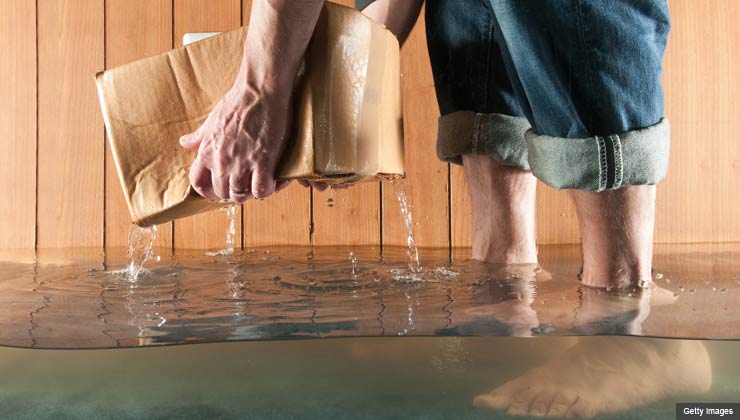

































































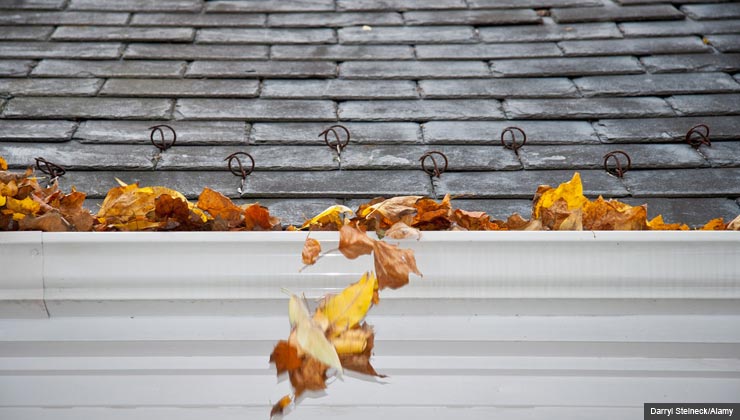
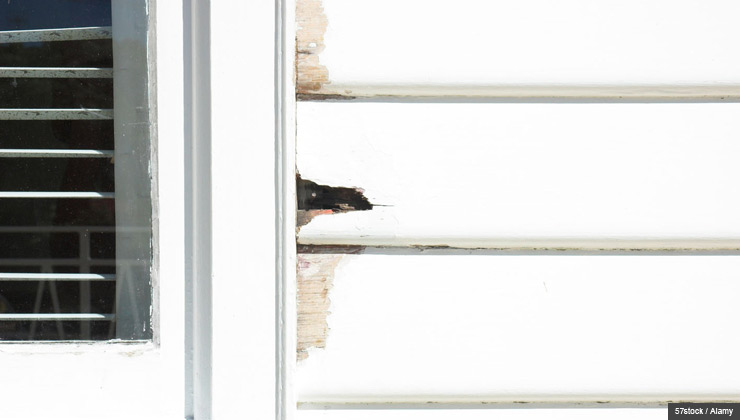
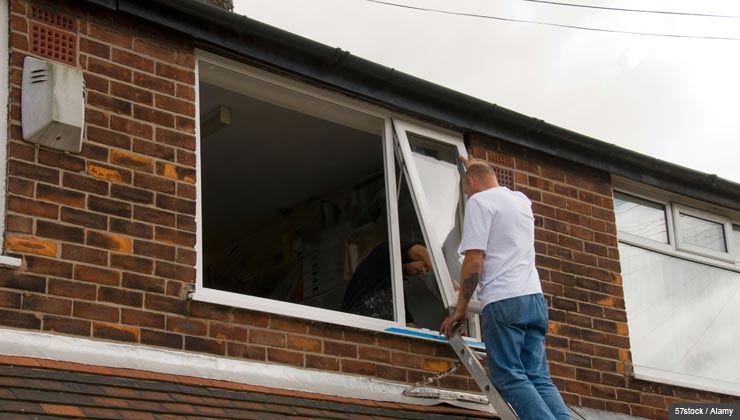


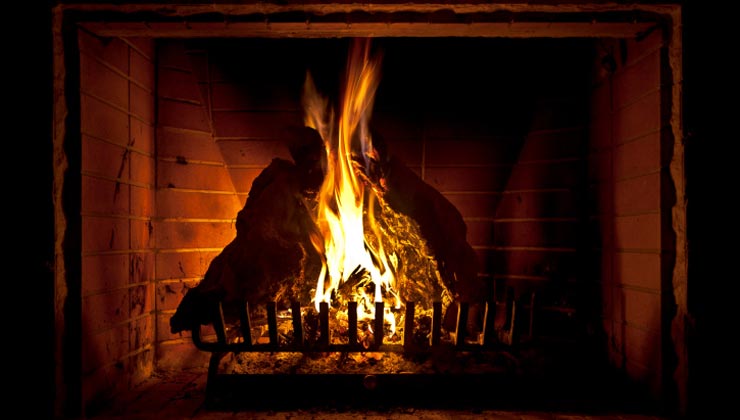

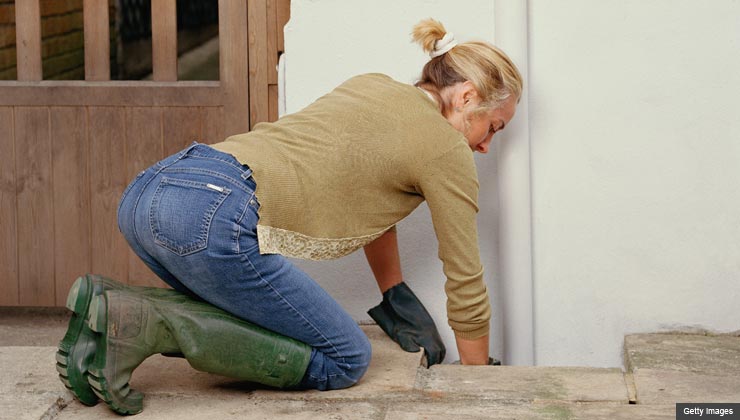
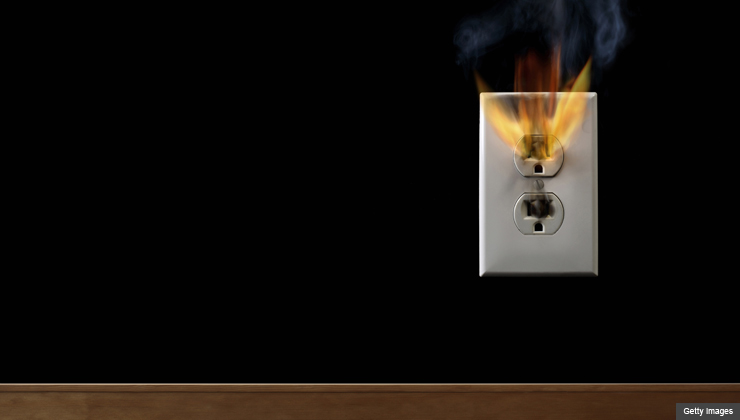




More From AARP
99 Great Ways to Save
How to beat inflation and find lower prices on nearly everything
Recommended for You